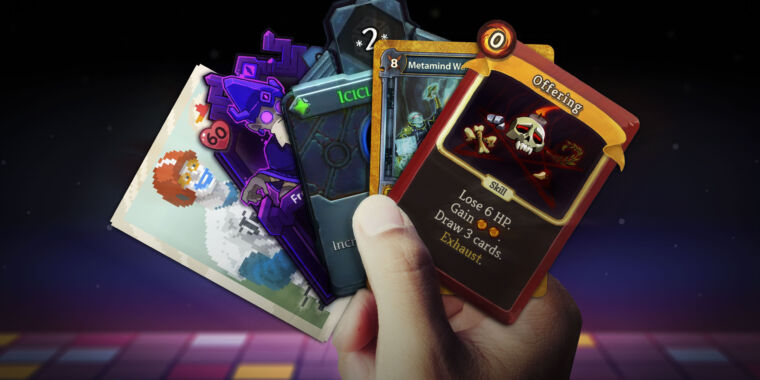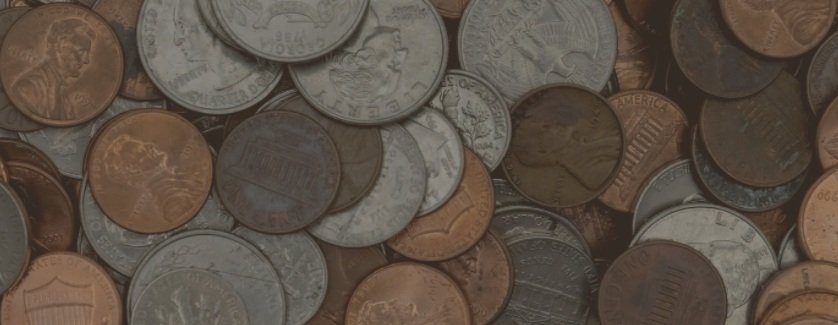
My Favorite Sequences: A261865
This is the first installment in a new series, “My Favorite Sequences”. In this series, I will write about sequences from the On-Line Encyclopedia of Integer Sequences that I’ve authored or spent a lot of time thinking about.
I’ve been contributing to the On-Line Encyclopedia of Integer Sequences since I was an undergraduate. In December 2013, I submitted sequence A233421 based on problem A2 from the 2013 Putnam Exam—which is itself based on “Ron Graham’s Sequence” (A006255)—a surprising bijection from the natural numbers to the non-primes. As of today, I’ve authored over 475 sequences based on puzzles that I’ve heard about and problems that I’ve dreamed up.
For example, \(A261865(3) = 3\) because there is no multiple of \(\sqrt 1\) in \((3,4)\) (since \(3 \sqrt{1} \leq 3\) and \(4 \sqrt{1} \geq 4\)); there is no multiple of \(\sqrt{2}\) in \((3,4)\) (since \(2 \sqrt{2} \leq 3\) and \(3 \sqrt 2 \geq 4\)); but there is a multiple of \(\sqrt 3\) in \((3,4)\), namely \(2\sqrt 3\).
As indicated in the picture, the sequence begins $$\color{blue}{ 2,2,3,2,2},\color{red}{3},\color{blue}{2,2,2},\color{red}{3},\color{blue}{2,2},\color{red}{3},\color{blue}{2,2,2},\color{red}{3},\color{blue}{2,2},\color{red}{3},\color{blue}{2,2},\color{magenta}{7},\dots.$$



















